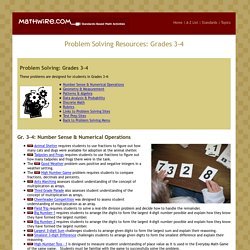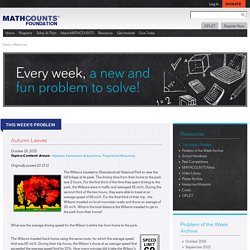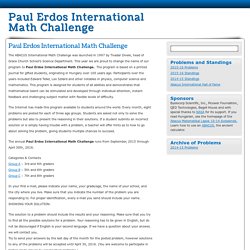Zoom
Trash

Math Games Help To Motivate Students And Make Learning Fun. Why I NOW Love Teaching Math: Setting up Math Rotations. If you know me, you know I am in loooove with Daily 5!

Ever since incorporating it into my classroom last year, I have loved seeing the variety of skills and strategies my students are working on each and every day. I also love that the segments are short, so we all stay motivated and the energy for learning stays high. I have been wanting to redo how I teach math for a while. As a student, I truly adore mathematics, but as a teacher, I was getting bored.
Our district was looking into several programs to adopt and I was piloting Everyday Mathematics. The district ended up choosing Math Expressions (Please share your experience if you use this!) I.am.in.love! I know there are many ways of doing this, so I am just sharing what I have been trying and what works so far with my schedule. First up, the 3-4 rotations that I use: I also tried to keep things aligned with how I do Daily 5 in my class.
I began by making an anchor chart of the four rotations as a class: Problem Solving: Grade 3. Problem Solving: Gr. 3-4. Problem Solving: Grades 3-4 These problems are designed for students in Grades 3-4: Gr. 3-4: Number Sense & Numerical Operations Animal Shelter requires students to use fractions to figure out how many cats and dogs were available for adoption at the animal shelter.

Tadpoles and Frogs requires students to use fractions to figure out how many tadpoles and frogs there were in the tank. The Good Weather problem uses positive and negative integers in a weather setting. Gr. 3-4: Geometry & Measurement Quilt Square Challenge: Students at Flynn School in Perth Amboy, NJ, used quilt blocks and quilt mats to recreate 4x4 and 9x9 quilt block patterns. Gr. 3-4: Patterns & Algebra Garage Sale is a pattern problem based on dominoes. Gr. 3-4: Data Analysis & Probability Chapter Books requires students to create a line plot, then identify the median and mode of the data. Gr. 3-4: Discrete Math Lunch Choices investigates the combinations, given different menu choices. Houghton Mifflin Mathematics - Brain Teasers - Grade 3. This Week's Problem. Originally posted 10-17-11 The Wilsons traveled to Shendandoah National Park to view the fall foliage at its peak.

The driving time from their home to the park was 2 hours. For the first third of the time they spent driving to the park, the Wilsons were in traffic and averaged 42 mi/h. During the second third of the two hours, they were able to travel at an average speed of 66 mi/h. For the final third of their trip, the Wilsons traveled on local mountain roads and drove an average of 30 mi/h. What was the average driving speed for the Wilson’s entire trip from home to the park. The Wilsons traveled back home using the same route, for which the average speed limit was 60 mi/h.
Paul Erdos International Math Challenge - Paul Erdos International Math Challenge. The ABACUS International Math Challenge was launched in 1997 by Tivadar Diveki, head of Grace Church School’s Science Department.

This year we are proud to change the name of our program to Paul Erdos International Math Challenge. The program is based on a printed journal for gifted students, originating in Hungary over 100 years ago. Participants over the years included Edward Teller, Leo Szilard and other notables in physics, computer science and mathematics.
This program is designed for students of all abilities and demonstrates that mathematical talent can be stimulated and developed through individual attention, instant feedback and challenging subject matter with flexible levels of difficulty. The Internet has made this program available to students around the world. The annual Paul Erdos International Math Challenge runs from September, 2015 through April 30th, 2016. Categories & ContactsGroup A – 3rd and 4th gradersGroup B – 5th and 6th gradersGroup C – 7th and 8th graders. Flexible Math Groups For Gifted Classrooms. Grade 3 math practice.